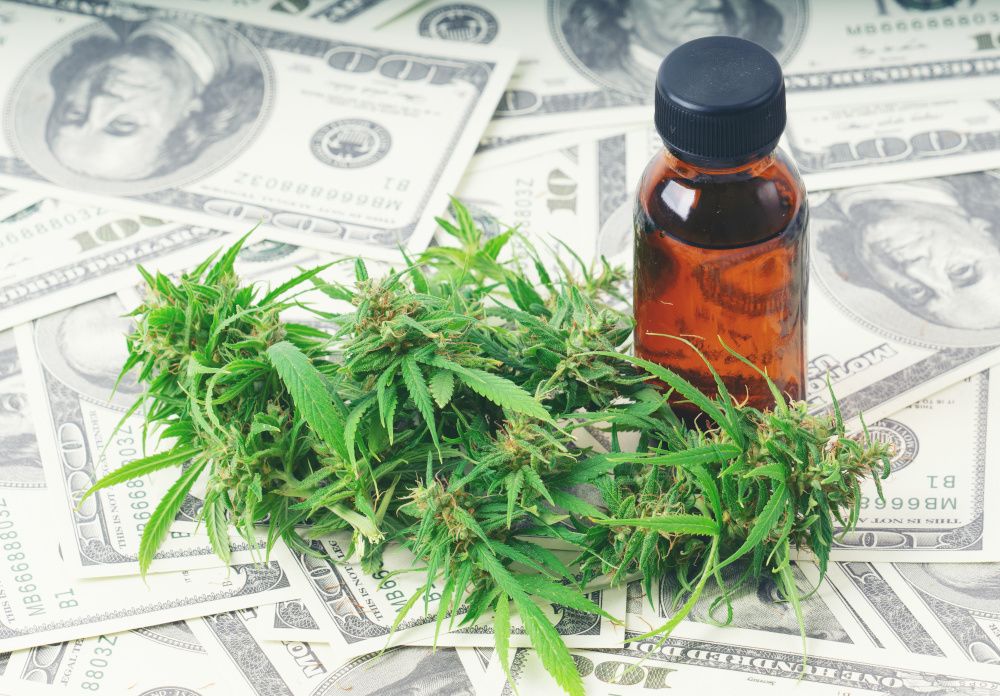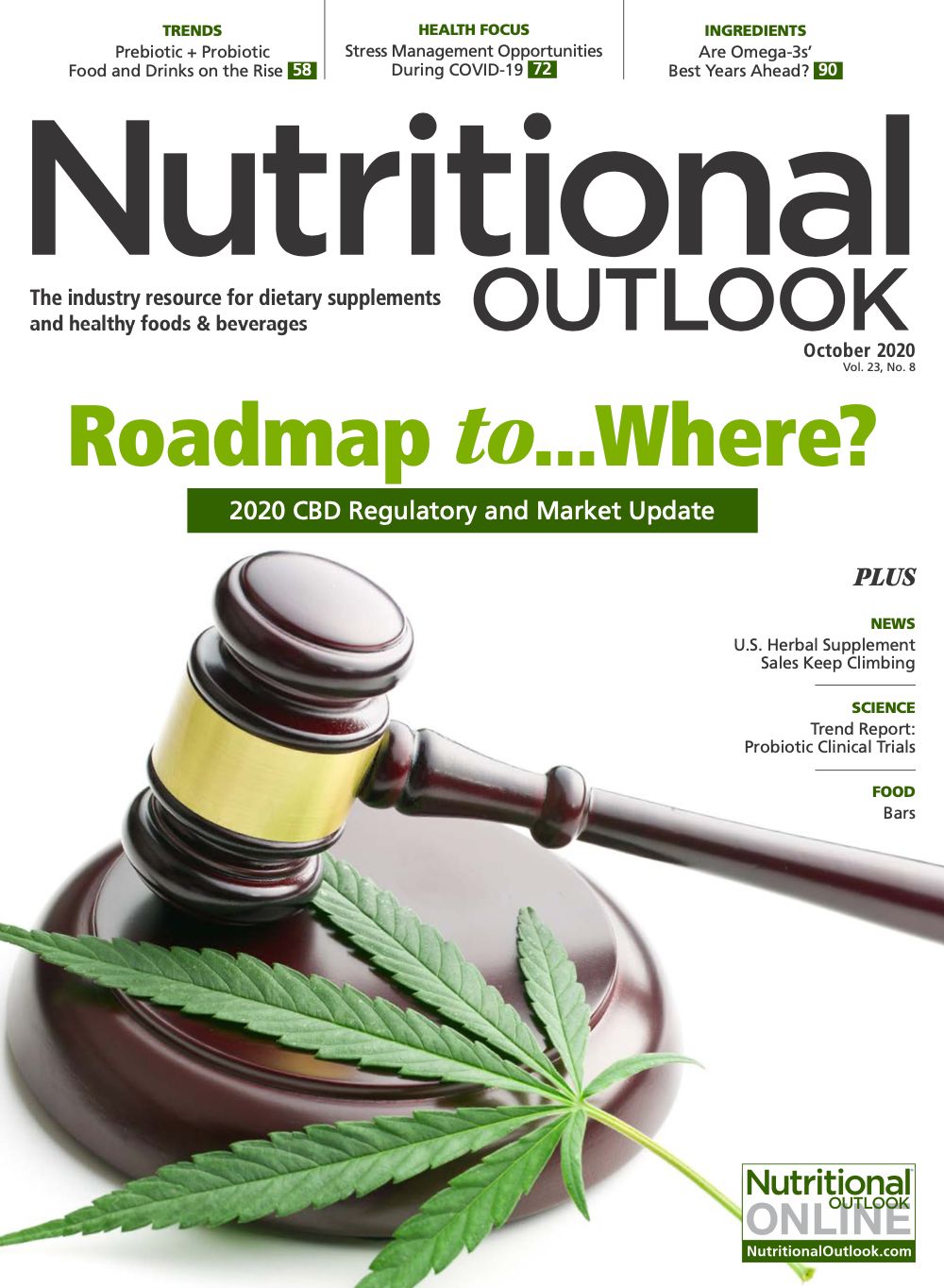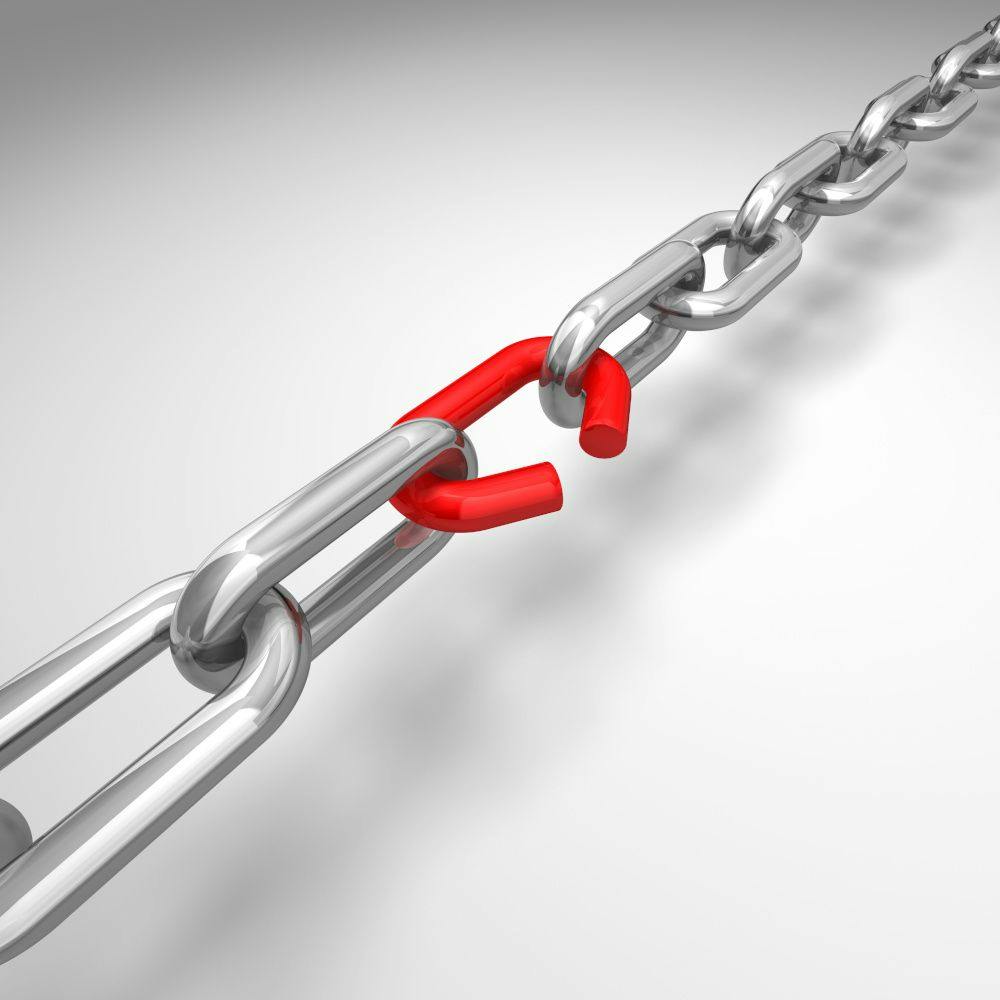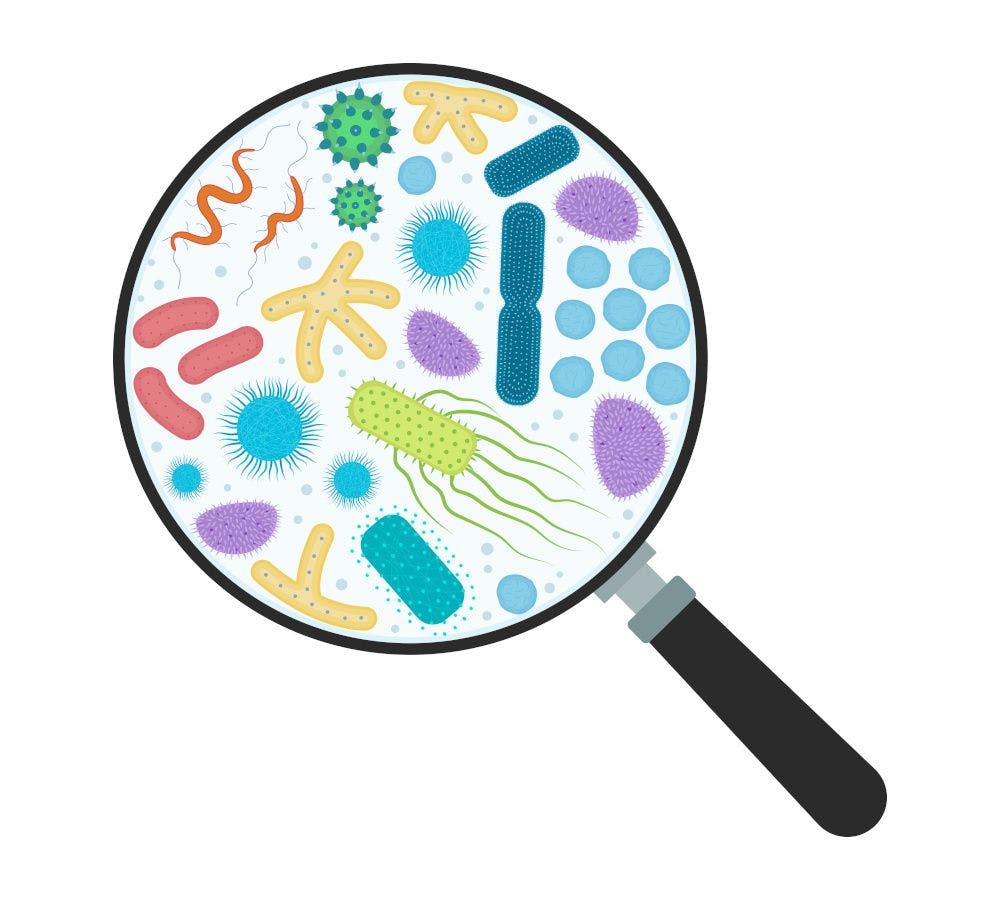Are CBD sales up or down during COVID-19?
How are CBD sales doing now, and how might they fare going forward?
Photo © AdobeStock.com/anankkml

COVID-19 may have decimated the health of just about everything—from the millions who’ve contracted the disease to the industries and economies affected by it. But early reports held that, if nothing else, cannabidiol (CBD) sales were downright thriving during the pandemic’s initial days.
And should that comes as any surprise? As Jessica Lukas, senior vice president, commercial development, BDSA (Boulder, CO), notes, “Consumers look to CBD for health benefits and cite many consumption drivers relevant to COVID-19.” To wit, BDSA’s consumer insights pegged pain relief, better sleep, and relaxation as shoppers’ top-three reasons for turning to the hemp-derived cannabinoid, which was making waves well before the pandemic struck.
But as is the case in the coronavirus era, we’re learning about this disease—and its market shifts—on the fly, and those early reports about CBD sales may no longer hold true, or may have been blips in the data in the first place. So with a few months of the new normal behind us, it’s worth exploring how CBD sales are doing now, and how they may fare going forward.
Follow the Numbers
Looking at the raw figures, Jacob Knepper, data product manager, SPINS LLC (Chicago), notes that his company’s analysis shows overall CBD sales up 28.7% over the 52 weeks ending July 12, 2020. However, he notes, narrowing in further, CBD sales across the channels that SPINS tracked—-mass-market and natural, organic, and specialty retail segments—actually declined 13.2% in that time period.
Digging into CBD’s category specifics, sales of CBD foods and beverages are strong suits, rising 54.2% over that time period, per SPINS. And body care is doing even better, enjoying sales growth of 124% over the time period.
So where’s the soft spot? It appears to be in CBD vitamins and supplements—including herbals and homeopathics. As Knepper says, the category’s “sluggish” 8.6% growth brought CBD sales in that category down “an alarming” 27.6% over the time period.
Cost-Benefit Analysis
To be sure, supplements still lead in terms of the sheer number of products available at retail, per SPINS’s retail sample (sales data tracked in the mass-market and natural, organic, and specialty retail segments). And especially during the COVID-19 pandemic, Knepper says, “Access to natural and low-side-effect remedies for stress, anxiety, and pain surely contributes to CBD demand.”
But CBD’s continued success may rest more on how strongly consumers perceive the cannabinoid’s effectiveness, as well as the cost they’re willing to bear to attain those perceived benefits. “And during tight economic times,” Knepper says, “if consumers feel there’s a high cost associated with mid to low levels of effectiveness, CBD may become ‘too discretionary’ relative to other solutions.”
Moreover, he notes, for many consumers, CBD is still in what he calls a “trial-purchase phase,” setting up yet another economic barrier during already-dicey times, and dealing “a secondary blow to CBD’s growth in our retail sample.”
Dispense with the Details
As if that weren’t enough, the uncertainty surrounding CBD’s regulatory status, coupled with the influence of dispensary sales, may also hamper supplement growth at retail now and going forward, Knepper says.
After all, notes Lukas, BDSA research found that dispensary sales of CBD were up across all major legal markets—Arizona, California, Colorado, Maryland, and Oregon—thanks to the decisions of local leaders during COVID-19’s early days to allow curbside and delivery options and, in some cases, even declare cannabis businesses essential.
By contrast, sales in Massachusetts and Nevada—which Lukas note have tighter dispensary sales restrictions (and, possibly, weakened tourism-driven purchases)—didn’t get the same bounce, she says.
“Further, all products, including CBD products in dispensaries, have grown and seen spikes on ‘critical’ COVID-19 stock-up days,” she says. Dispensary dollar sales of CBD-infused edibles were up 73% year over year, according to BDSA’s research, while dispensary sales of CBD-infused beverages rose 55% year over year over year, courtesy of the same spikes. Thus, Lukas contends, “Dispensaries being deemed essential was critical for the continued growth of the legal cannabis market.”
Changing of the Guard
All of which makes the retail road ahead look rougher for CBD supplements. In addition to dispensaries’ effects and consumers’ cost-benefit analysis, Knepper lists other challenges in these times: fewer promotions, more shelf space given over to pandemic products and core sellers, increasing competition from alcohol, and high trial/low repeat rates. All this complicates the outlook for CBD even more.
The retail outlook for CBD foods and beverages, however, looks noticeably rosier, Knepper believes. The situation is similar in body care: Not only do the products carry a midrange price that consumers can stomach, but “their benefits are different,” Knepper says, “and CBD is included with other ingredients that help achieve the desired benefits.”
No wonder, then, that body care and foods and beverages already take second and third place, respectively, in SPINS’ retail sample, with more CBD products entering the market in those two categories—45 in body care and 56 in food/beverages—than in supplements (37) for the first time in the past 52 weeks, as of July 12, 2020, Knepper says. “This suggests that both brands and retailers may see more opportunities existing in body care and food/bev than elsewhere.”
That continued growth in body care, he believes, “is primarily fueled by therapeutic topicals and analgesic products, though CBD-infused facial products such as creams and masks are showing tremendous growth and opportunity, too.”
And in a fitting turn for the pandemic era, CBD products entered SPINS’ antiseptic subcategory for the first time in the past 52 weeks, with the appearance of CBD-infused hand sanitizers. It’s not such a stretch, given CBD’s purported antibacterial properties; however, says Knepper, “it’s important to note that CBD is not a CDC-approved disinfectant”—referring to the Centers for Disease Control and Prevention (CDC)—and most products lean on ingredients like ethyl alcohol for their disinfectant activity.
Lessons to Learn
As for supplements, “Unless certain pressures are lifted,” Knepper says, “lower growth compared to other departments may continue for CBD supplement products in our retail sample.”
But perhaps this signals an opening for CBD’s brand cousins in the THC arena—THC being tetrahydrocannabinol, the cannabinoid that, unlike CBD, is psychoactive. As Lukas points out, “Currently, there’s a huge opportunity for independent and well-known THC brands to use their reputation for making quality products to cross over into the general retail channel with CBD products.”
With FDA plenty occupied by pandemic business, a decision to finally permit CBD as an approved food additive won’t likely arrive anytime soon—which means the agency will likely continue using its limited resources to issue more warning letters to CBD companies. “THC companies that have developed a culture of compliance around regulations may be well positioned to communicate their benefits,” Lukas says, “without crossing the line into making claims.”
Some would say it’s about time, even in tough times like these.

Prinova acquires Aplinova to further increase its footprint in Latin America
April 7th 2025Prinova has recently announced the acquisition of Brazilian ingredients distributor Aplinova, which is a provider of specialty ingredients for a range of market segments that include food, beverage, supplements, and personal care.

























